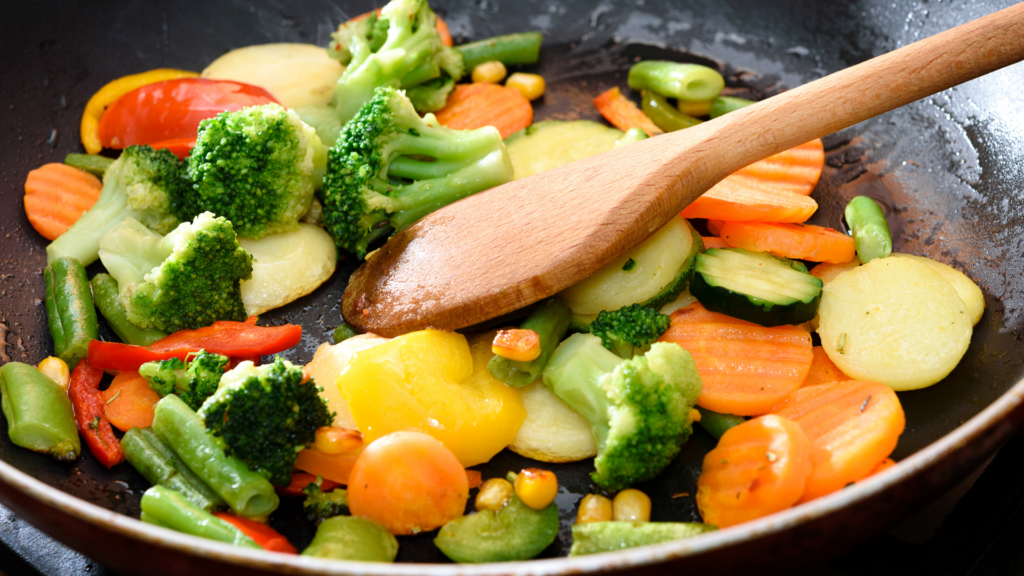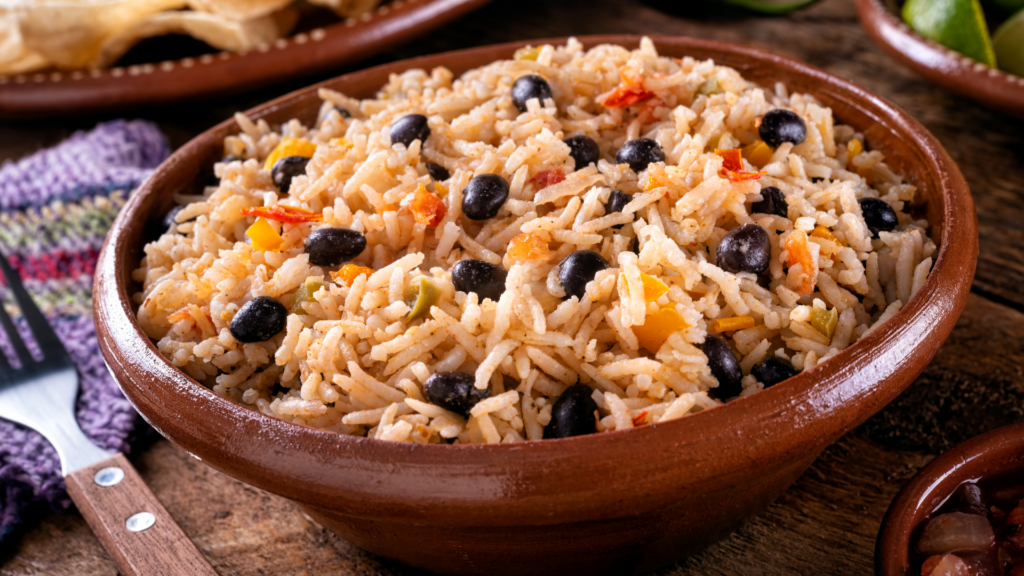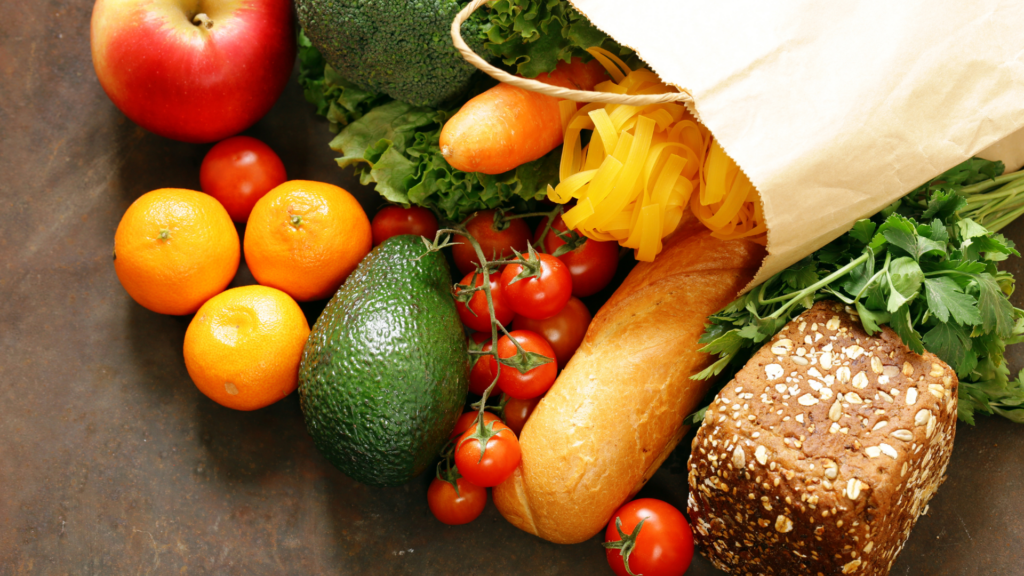I Tried a Depression-Era Meal Plan for a Week—Here’s What Happened
In a time when grocery prices continue to climb, many budget-conscious households are looking to the past for creative solutions. The Great Depression era (1929-1939) was when American families demonstrated incredible resourcefulness in the kitchen. With limited access to ingredients and tight budgets, they created simple, filling, and flavorful meals.
What happens when these Depression-era cooking principles are applied to modern life? The results might surprise you.
What Makes a Depression-Era Meal Plan?

Several key principles defined depression-era cooking:
- Using simple, inexpensive ingredients
- Making food stretch across multiple meals
- Wasting absolutely nothing
- Cooking from scratch rather than buying prepared foods
- Substituting expensive ingredients with affordable alternatives
- Emphasizing filling starches and whatever proteins were available
The typical meals during this period were far from fancy but demonstrated remarkable creativity. Families made do with what they had, often creating dishes that have become comfort food classics.
The Week’s Meal Plan
The experiment involved adopting a strict Depression-era meal plan for seven days. Here’s what was on the menu:
Breakfast options:
- Cornmeal mush with milk and sugar
- Simple oatmeal
- Potato pancakes
- Toast with homemade jam
Lunch options:
- Egg sandwiches
- Bean soup
- Leftover dinner portions
Dinner options:
- “Hoover Stew” (macaroni, hot dogs, canned tomatoes, and canned corn)
- Old-fashioned potato soup
- Rice and beans
- Meatloaf stretched with breadcrumbs and vegetables
- Simple vegetable soup with homemade bread
- Depression-era goulash (ground meat stretched with pasta and vegetables)
- Cornbread and beans

Dessert options:
- Depression cake (no eggs, milk, or butter)
- Rice pudding
- Bread pudding (using stale bread)
The Budget Impact
The financial results were perhaps the most dramatic part of the experiment. The grocery bill for the week was approximately 40% lower than usual.
What contributed to these savings?
- Reduced meat consumption – Meat was used as a flavoring rather than a main component
- Elimination of convenience foods – Everything was made from scratch
- Focus on inexpensive staples – Rice, beans, potatoes, and pasta formed the foundation of meals
- Creative use of leftovers – Nothing went to waste
- Limited variety – Using fewer ingredients overall reduced spending
These principles could translate to annual savings of over $2,000 for an average family of four.
The Cooking Experience
Adopting a Depression-era cooking style required some adjustment. Modern conveniences like food processors and slow cookers made the work easier than it would have been in the 1930s, but there was still more hands-on cooking time required.

Most recipes were surprisingly simple to follow. Many Depression-era dishes use five ingredients or fewer and basic cooking techniques. The focus was more on time and patience rather than culinary skill.
Some dishes took longer to prepare than modern convenience meals, but batch cooking helped spread the workload throughout the week. Sunday afternoon became prep time for making bread, soup bases, and other foundations for weekday meals.
How Did It Taste?
The biggest surprise? Most of the meals were genuinely delicious. The simple ingredients allowed natural flavors to shine without relying on excessive salt, sugar, and artificial flavors in many modern processed foods.
The old-fashioned potato soup—made with potatoes, onions, milk, butter, and seasonings—was a standout favorite. The Depression cake, despite containing no eggs, milk, or butter, produced a moist and flavorful chocolate dessert that no one would guess was made from such humble ingredients.
Some dishes, like cornmeal mush, took a day or two to appreciate. Others, like the stretched meatloaf, were immediately satisfying comfort foods. The meals were filling and substantial, if not particularly varied in texture and appearance.
Health Considerations
The health impact of a Depression-era diet is mixed. On the positive side:
- Less processed food
- Lower sugar intake overall
- More made-from-scratch meals
- Better portion control

On the potential downside:
- Heavy reliance on carbohydrates
- Less variety of fresh produce
- Limited access to certain nutrients, depending on seasonal availability
A modern adaptation of Depression-era eating can address these concerns by incorporating more diverse fresh vegetables and fruits while maintaining the core principles of frugality.
The Sustainability Connection
One unexpected benefit was the reduction in food waste. Depression-era cooking was built around using everything available—stale bread became bread pudding, vegetable scraps went into soup stock, and leftover meat found its way into new dishes.
This approach naturally aligns with modern sustainability goals. By shopping more intentionally and using everything purchased, families can reduce their environmental footprint while saving money.
Practical Takeaways
Not everyone needs to adopt a full Depression-era meal plan, but incorporating some of these principles can make a significant difference:
- Plan meals around less expensive staples like beans, rice, potatoes, and pasta
- Learn to stretch meat by using it as a flavoring rather than the main attraction
- Embrace “kitchen sink” cooking with flexible recipes that use whatever is on hand
- Make your own basics like bread and soup stock when time allows
- Think creatively about leftovers instead of eating the same thing repeatedly
- Track what you throw away and find ways to use those items next time
The Psychological Shift
Perhaps the most valuable outcome wasn’t the money saved but the mindset change. After a week of Depression-era eating, grocery shopping became more intentional. Instead of reaching for convenient but expensive options, there was a new awareness of value and creative possibilities.

This mental shift from scarcity to resourcefulness is powerful. When facing the grocery store with a “what can I create?” attitude rather than a “what do I want?” approach, both budget and meals benefit.
Could You Do It?
A Depression-era meal plan isn’t for everyone. It requires more planning, cooking from scratch, and a willingness to eat simpler meals. However, even adopting a few principles from this approach can yield significant benefits for the budget and health.
The experience creates a newfound appreciation for the resourcefulness of previous generations who managed to feed their families through tough economic times. Their creativity and practicality offer valuable lessons for today’s budget-conscious cooks.
In a world of endless food choices and convenience options, there’s something refreshingly simple about returning to basics. The Depression-era meal plan experiment proves that sometimes the old ways are worth revisiting, not just for nostalgia but for practical, modern-day benefits.

